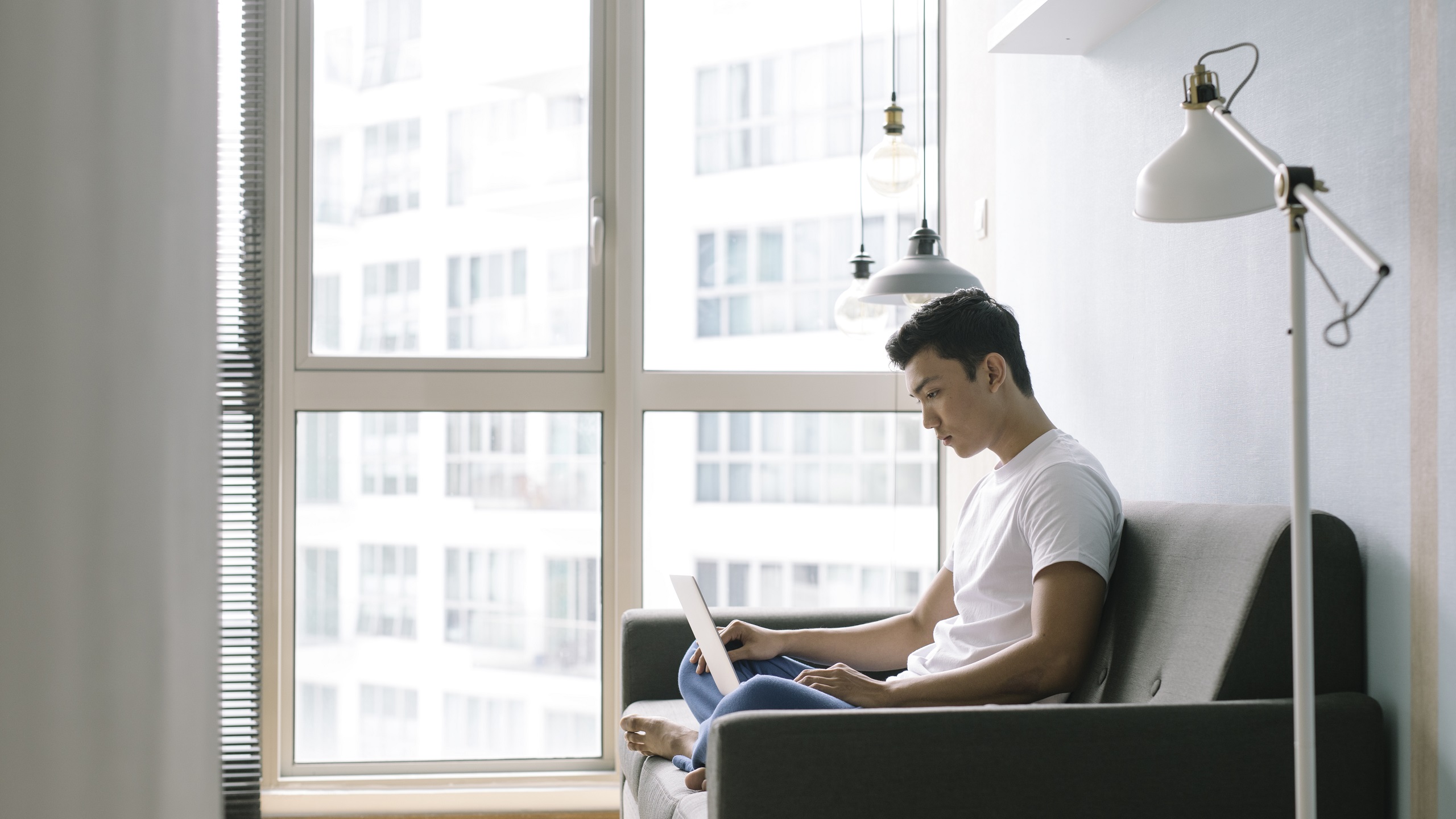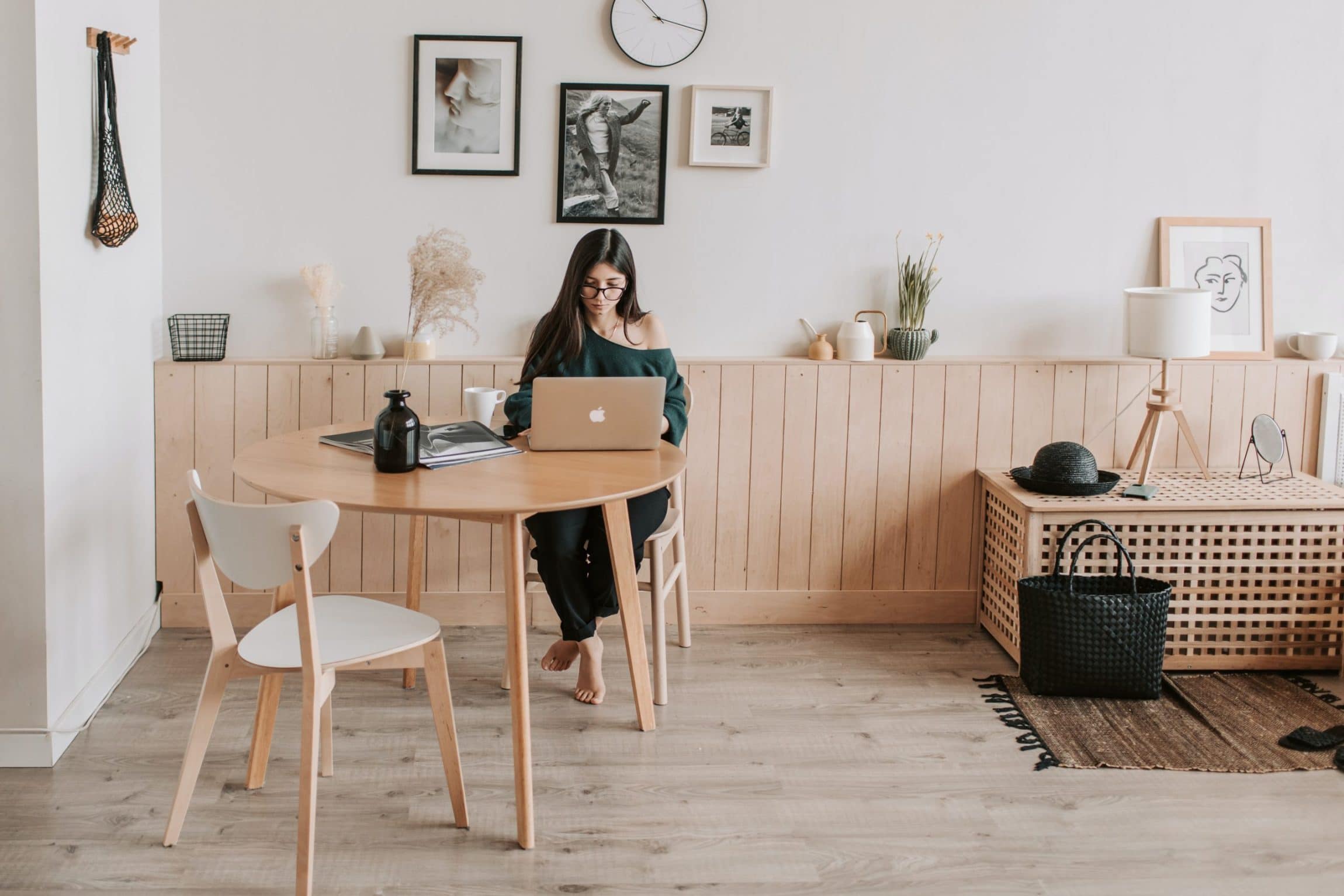Introduction
In a world overflowing with possessions and distractions, the concept of Minimalist Living: Exploring the benefits and tips for adopting a minimalist lifestyle at home. has gained remarkable significance. This article delves into the transformative power of minimalism, offering insights, advice, and a roadmap to simplify your life and surroundings.
Decluttering for Mental Clarity
Embracing minimalist living goes beyond creating an aesthetically pleasing space—it’s a lifestyle choice that can significantly impact mental well-being. By decluttering our surroundings, we declutter our minds, promoting mental clarity and focus. The physical act of eliminating unnecessary possessions translates to a simplified and organized living space, providing a visual representation of order and simplicity. This reduction in visual chaos can alleviate stress and create a serene environment conducive to relaxation and productivity. Studies have even suggested that a clutter-free space can positively impact mental health, leading to improved cognitive function and a greater sense of tranquility.
Reduced Stress and Anxiety
Minimalist living inherently reduces the need for managing excess belongings and navigating through a sea of possessions. This simplicity can alleviate stress and anxiety associated with the constant upkeep of material goods. The intentional choices made in a minimalist lifestyle result in a curated and purposeful environment, promoting a sense of control and calm. With fewer items vying for attention, individuals often find themselves enjoying a more peaceful and stress-free living experience. This reduction in external pressures allows for a greater focus on personal well-being and mental health.
Financial Savings and Mindful Spending
Minimalist living advocates for conscious consumption and mindful spending. By prioritizing value over accumulation, individuals can save financially in the long run. Minimalism encourages thoughtful consideration of purchases, preventing impulsive buying and fostering a deeper connection with the items one chooses to bring into their life. This intentional approach not only leads to financial savings but also cultivates a heightened appreciation for the items that truly add value, contributing to a more fulfilling and meaningful lifestyle.
Environmental Impact and Sustainability
Minimalist living aligns with sustainable practices, contributing to a positive environmental impact. By embracing a less materialistic lifestyle, individuals reduce their overall consumption, leading to decreased demand for resources and energy. Additionally, the emphasis on quality over quantity in a minimalist approach often means choosing durable and sustainable products, further reducing the ecological footprint. As the world grapples with environmental challenges, adopting a minimalist mindset becomes a powerful way for individuals to contribute to a more sustainable and eco-friendly future.
Choosing a Neutral Color Palette
When it comes to designing a minimalist home, the choice of color palette plays a pivotal role in achieving a clean and uncluttered look. Opting for a neutral color scheme sets the foundation for a timeless and serene atmosphere. Shades of white, beige, and gray create a calming backdrop, allowing key elements in the space to stand out. Neutral tones not only contribute to a sense of simplicity but also make spaces appear more spacious and cohesive. In the realm of SEO, using keywords like “minimalist home color scheme” or “neutral palette interior design” can help readers looking for inspiration in creating a minimalist aesthetic find your article.
Furniture Essentials and Multi-Functional Pieces
Minimalist design is all about functionality and purpose. Selecting furniture essentials and incorporating multi-functional pieces is key to optimizing both space and utility. Focus on pieces that serve multiple purposes, such as a coffee table with storage or a sofa that can double as a guest bed. This not only reduces clutter but also ensures that each item has a distinct purpose, aligning with the principles of minimalism. For SEO optimization, consider using keywords like “minimalist furniture” and “multi-functional home decor” to attract readers interested in practical yet stylish solutions.
Maximizing Natural Light and Open Spaces
In the realm of minimalist home design, natural light and open spaces are fundamental elements. Strategically positioning furniture to allow the flow of natural light not only brightens the space but also creates an airy and expansive feel. Consider using keywords like “maximizing natural light in home” or “open space minimalist design” to enhance the discoverability of your article. Emphasize the importance of decluttering and maintaining an open layout to promote a sense of tranquility and simplicity, which are core tenets of minimalist living.
Regular Decluttering Routines
Maintaining a minimalist lifestyle involves a commitment to simplicity and intentional living. One key practice to embody this philosophy is establishing regular decluttering routines. Set aside dedicated time intervals—whether weekly, bi-weekly, or monthly—to assess and organize your living spaces. During these sessions, focus on eliminating unnecessary items that no longer serve a purpose or bring joy. This process not only keeps your surroundings tidy but also cultivates a mindful awareness of your belongings.
Regular decluttering promotes a sense of liberation from material excess, allowing you to prioritize items that truly add value to your life. From clothing to household items, evaluate each possession with a critical eye, asking yourself if it aligns with your minimalist goals. This proactive approach prevents the accumulation of unnecessary clutter, creating a harmonious and stress-free environment that aligns with the essence of minimalism.
Mindful Consumption Habits
Embracing a minimalist lifestyle extends beyond decluttering; it involves adopting mindful consumption habits. Be intentional about the items you bring into your life, focusing on quality over quantity. Prioritize purchases that align with your values and serve a specific purpose. Consider the environmental impact and longevity of products before adding them to your possessions.
By being mindful of your consumption, you contribute to a more sustainable and eco-friendly lifestyle. Choose items that are durable and have enduring value, reducing the need for constant replacement. This intentional approach not only benefits the environment but also encourages a shift towards a more conscious and responsible consumer mindset.
FAQs
Q: How do I start with Minimalist Living at home?
A: Begin by decluttering one space at a time, focusing on items that bring you joy and serve a purpose. Gradually simplify your possessions and embrace intentional living.
Q: Can I be a minimalist with a family?
A: Absolutely. Minimalism can be adapted for families by involving everyone in decluttering, creating shared spaces, and emphasizing experiences over possessions.
Q: Is Minimalist Living expensive?
A: Not necessarily. Minimalism emphasizes quality over quantity, which can lead to long-term cost savings. It’s about being intentional with your spending.
Q: How can minimalism improve mental health?
A: A clutter-free environment promotes mental clarity and reduces stress. Minimalism encourages mindfulness, contributing to improved mental well-being.
Q: Can I still have a stylish home with minimalism?
A: Absolutely. Minimalist design is about simplicity and functionality. You can create a stylish and visually appealing home with thoughtful, curated decor.
Q: Is minimalism only about having fewer possessions?
A: While reducing possessions is a part of minimalism, it’s more about intentional living, focusing on what truly adds value and purpose to your life.
Read more: Robotics in Home Assistance: Revolutionizing Your Living Space
Conclusion
In conclusion, Minimalist Living: Exploring the benefits and tips for adopting a minimalist lifestyle at home. is a transformative journey towards simplicity, mindfulness, and fulfillment. By embracing minimalism in various aspects of your life, you can create a space that reflects your values and brings lasting joy.


